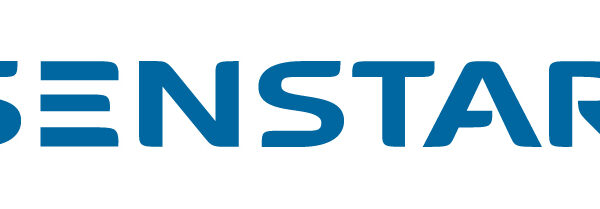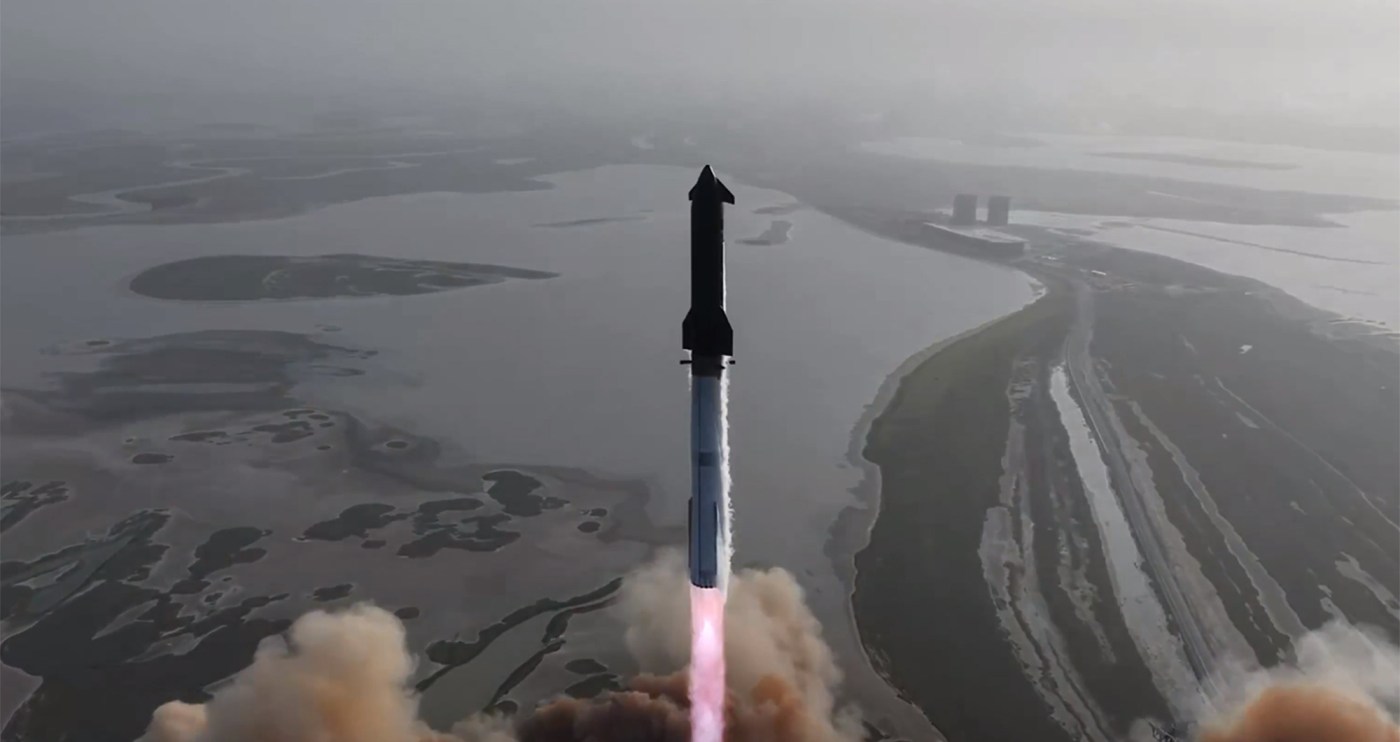UPDATE: The Federal Aviation Administration (FAA) has just cleared SpaceX for its highly anticipated 10th suborbital launch attempt of the Starship rocket, set to take place as early as Sunday, August 24, 2025. This announcement comes after the FAA closed investigations into the issues that plagued the ninth launch in May, which ended in a catastrophic failure.
The FAA confirmed that there were no reports of public injury or damage to property during the ninth launch, stating,
“The final mishap report cites the probable root cause for the loss of the Starship vehicle as a failure of a fuel component.”
With these findings accepted, the path is now open for SpaceX to proceed with its next launch from its test site in Starbase, Texas.
This latest clearance is crucial for SpaceX, which has faced multiple setbacks this year, including three mission failures in 2025. The company aims to regain momentum with this upcoming flight, which will run from 7:30-8:30 p.m. Central Time.
The Super Heavy booster will not attempt recovery this time, focusing instead on landing tests aimed at an offshore spot in the Gulf of Mexico. SpaceX plans to utilize a revised approach for the booster’s return, which will reduce pressure and enhance safety protocols. The upper stage will also attempt its first payload deployment during a suborbital flight, targeting reentry over the Indian Ocean.
SpaceX has been proactive in addressing the mishaps. The company has redesigned the fuel diffuser to better handle pressurized gas and prevent failures, ensuring improved performance in future launches. The new design has already undergone rigorous testing, demonstrating resilience beyond expected limits.
Despite the challenges faced, SpaceX remains committed to its ambitious goals. As the world watches, the upcoming flight will serve as another step towards a fully reusable launch system, a critical component for NASA’s Artemis III mission to return humans to the Moon, a milestone not reached since 1972.
With production ramping up at the Starfactory and new launch sites being developed in Florida, SpaceX is poised for rapid advancements. The FAA has also increased SpaceX’s license to allow for up to 25 missions a year from Texas, indicating the agency’s confidence in the company’s ability to navigate challenges.
As this developing story unfolds, the implications for space exploration and commercial launches are enormous. SpaceX’s continued testing and iteration on its Starship program could redefine the future of space travel.
Stay tuned for updates as we approach the launch window, and prepare for what could be a monumental step for SpaceX and the future of space exploration.





































































